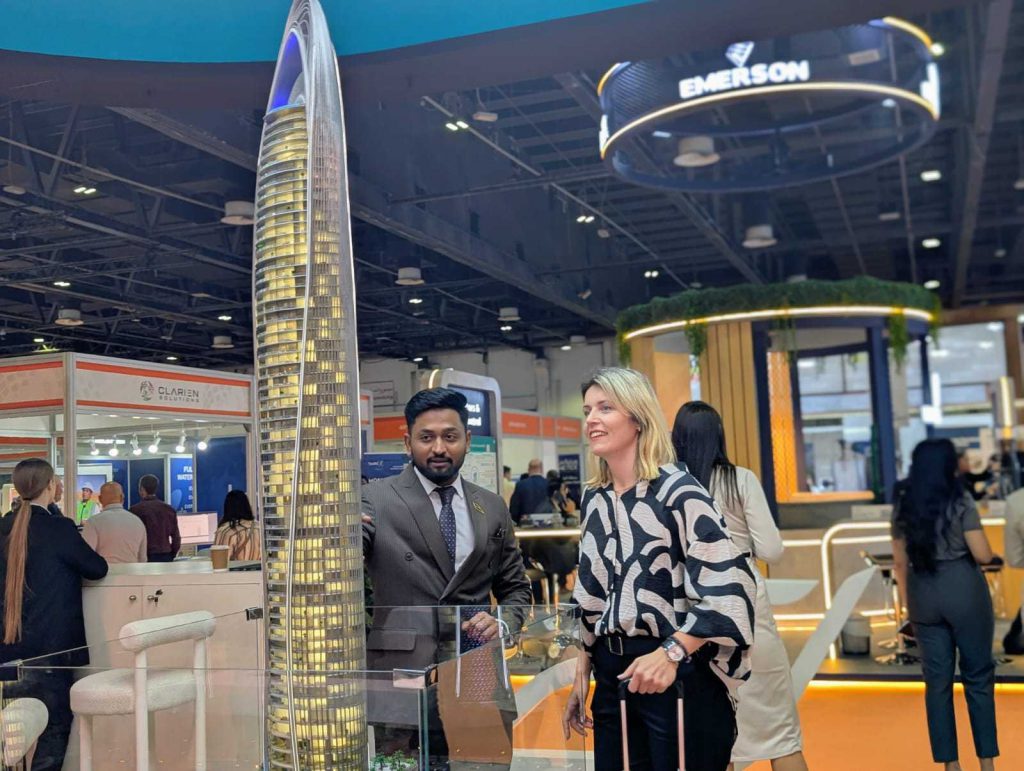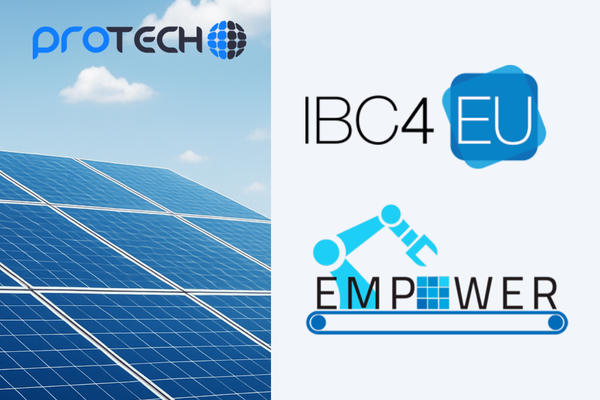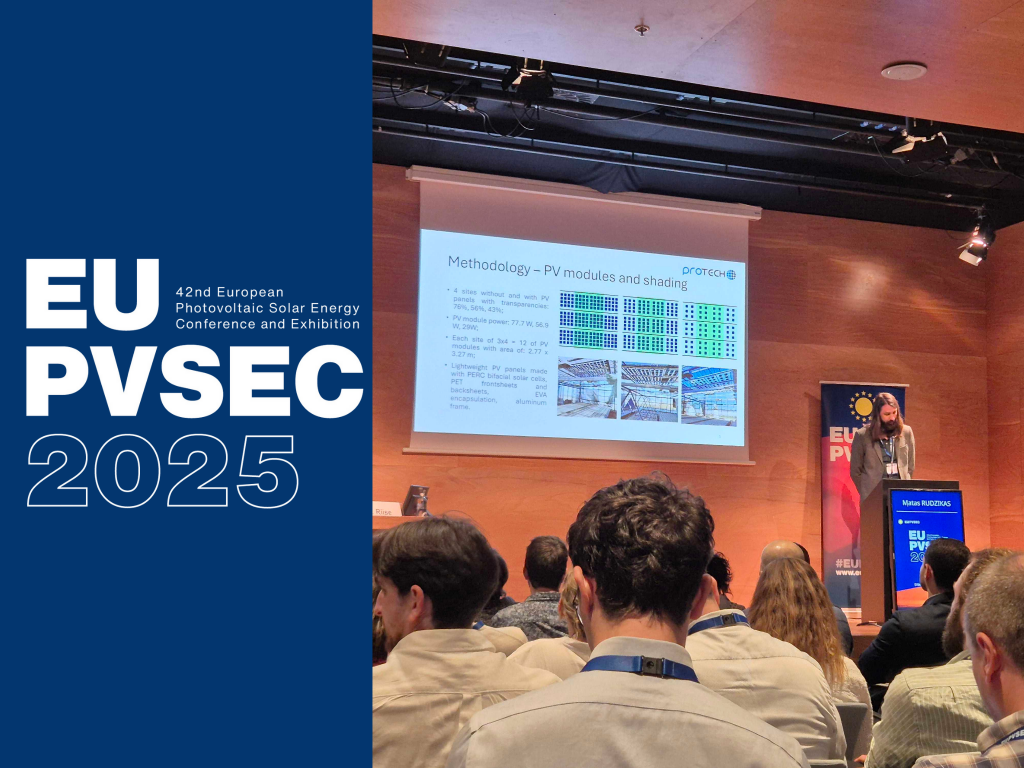Flexible solar building elements open new doors for architects
Berlin/Germany, Vilnius/Lithuania, April 9, 2014 – The ambitious EU project SmartFlex is now underway. Its objective is to demonstrate how photovoltaic building elements can be individually designed and then manufactured on an industrial scale, all at the click of a button. Over the next three years, eight project partners will develop a technical solution that fulfils this aim.
Press photos are available at
www.smartflex-solarfacades.eu/press
“The intention is that architects will be able to use an intuitive piece of planning software to design solar modules that integrate into their buildings as desired. For example, the glass module elements could be round or triangular,” explains Paul Grunow, Director of the Photovoltaik-Institut Berlin in Germany. “What makes the project unique is its aim to produce these remarkable solar elements using an automated process, minimizing manual operations. Such an approach has never been seen before as, to date, only standard modules have been manufactured in bulk and customized solar products have always been painstakingly produced by hand. SmartFlex is striving to find a way of manufacturing modules on a large scale using an extremely smart and flexible process that makes even tailored solar elements fully affordable.”
The project is developing a prototype production line capable of manufacturing photovoltaic modules in accordance with architects’ individual requirements. This involves directly transferring the data relating to the requested shapes, colors, sizes and materials of the solar elements from the planning software to the production line. Tests are being conducted on an office building with a facade measuring approximately 200 square meters to ascertain which modules are particularly suitable for generating power when integrated into a building. Around 20 different solar elements are being tested, including modules up to 3.5 meters in length with a maximum output of 750 watts peak. Furthermore, all of the mounting systems currently available on the market and a number of inverters are being put through their paces during field tests. The test building, which is the headquarters of project partner Glassbel, is located in Lithuania’s city of Klaipeda.
“In addition to being generated on the roof, solar power can be produced on building facades. In fact, building-integrated photovoltaics has an enormous potential that is still far from being unlocked,” states Dr. Juras Ulbikas, Senior Researcher at the Applied Research Institute for Prospective Technologies (ProTech) in Vilnius, Lithuania, and coordinator of the SmartFlex project. “We are working on a plug & play solution for buildings that is easy to install and fulfils the needs of architects and installers. It’s an ambitious aim to say the least but I’m delighted that we’ve been able to secure such high-caliber partners to help us achieve our goal.” The project partners include the Applied Research Institute for Prospective Technologies (ProTech), Photovoltaik-Institut Berlin, the international engineering company Mondragon Assembly, glass manufacturer Glassbel, solar systems manufacturer Via Solis, the Swiss BIPV Competence Centre (SUPSI), the planning software developer Creative Amadeo and specialist renewable energy agency Sunbeam Communications.
The European Union’s Seventh Framework Programme for Research and Innovation is contributing 2.9 million euros of funding to the project.
Press contact
Vera Neuhäuser
Tel. +49 (0)30 – 72 62 96 465
Mobile: +49 (0)178 – 53 68 425
neuhaeuser@sunbeam-communications.com






